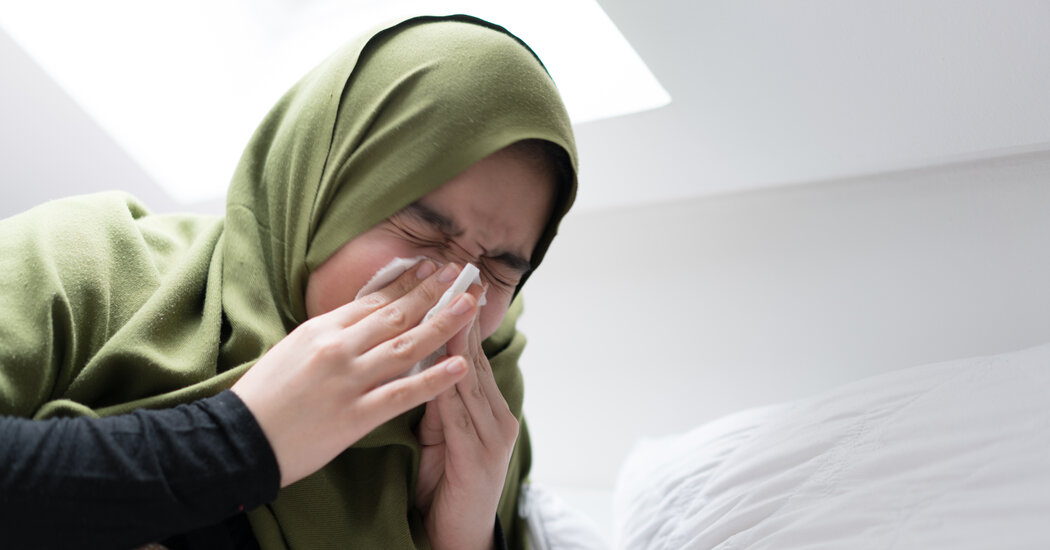Experts explain how to tell if you have allergies, and how to find relief if you do.
Spring is here — and if you’re among the estimated one in four adults in the United States who suffer from seasonal allergies, your sneezing and scratching may have already started.
With climate change affecting temperatures and plant growth, you may need to be on the lookout earlier than ever before. It can be hard to distinguish allergy symptoms from those of a cold, but experts point to a few telltale signs.
Is allergy season getting worse?
Spring allergy seasons are beginning about 20 days earlier than they had, according to an analysis of pollen count data from 60 stations across North America from 1990 to 2018.
That shift can have significant health consequences, said William Anderegg, who is an author of the study and an associate professor of biology at the University of Utah. Other research has shown that very early onset of spring is associated with higher prevalence of allergic rhinitis, also known as hay fever. When people end up sick or in the hospital from uncontrolled allergy symptoms, he said, “it’s because they didn’t expect it, and didn’t have medications in hand.”
The researchers also found that pollen concentrations have risen about 20 percent nationwide since 1990, with Texas and the Midwest having the greatest increases. Warmer temperatures, higher concentrations of carbon dioxide and increased precipitation can all contribute to plants’ growing bigger and producing more pollen over longer periods of time, Dr. Anderegg said.
Dr. Gailen Marshall, chair of the allergy and immunology department at the University of Mississippi Medical Center, said that when he began practicing nearly 40 years ago, allergy seasons were confined to about eight weeks each. Tree pollen hit in the spring, grass pollen increased in spring and summer and ragweed pollen picked up in late summer and early fall.
